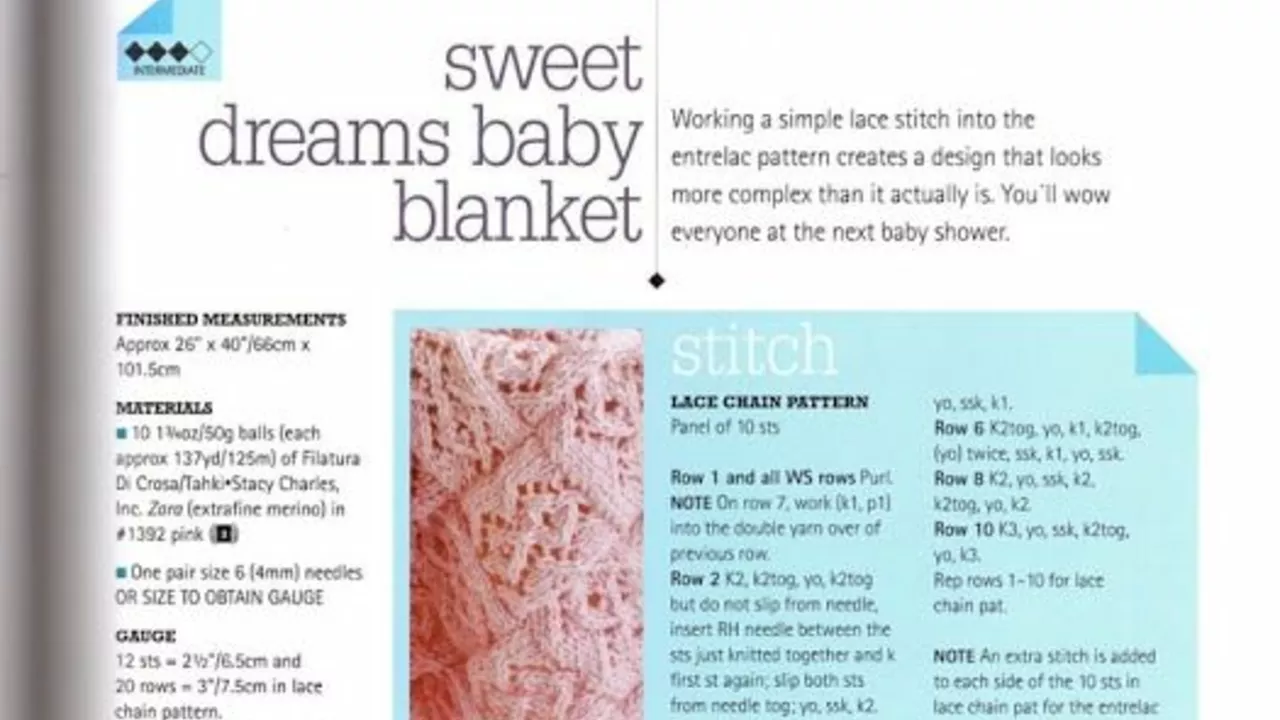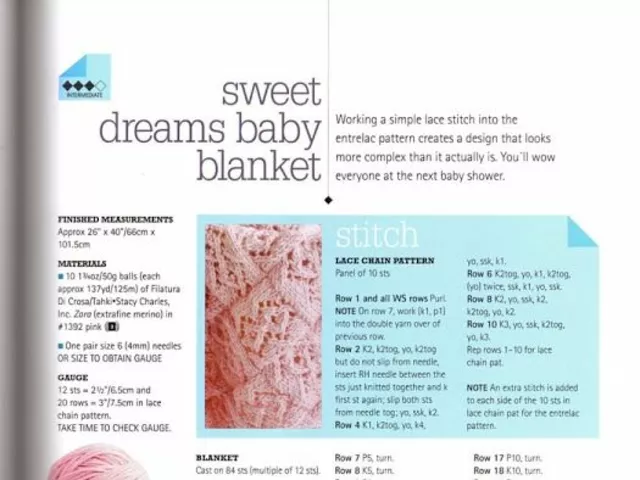 22 Jul 2023
22 Jul 2023
What size knitting needles do I need for a blanket?
- Alistair Couture
- 22 Jul 2023
- Arts & Crafts
Understanding Knitting Needle Sizes
When you first start knitting, the variety of knitting needle sizes can seem overwhelming. However, it's important to understand that the size of the needle will greatly impact the final result of your blanket. A smaller needle will produce a denser, tighter stitch, while a larger needle will create a looser, more open stitch. The size of the needle you choose will depend on the type of yarn you're using and the pattern you're following. Some patterns will specify a certain needle size to use, but if not, you can generally determine the appropriate size by looking at the yarn's label.
Choosing the Right Size for Your Blanket
Knitting a blanket is a significant project, so you want to make sure you're using the appropriate needle size. If you're using a chunky yarn, you'll probably need a larger needle size, such as a US 10 or 11. If you're using a medium-weight yarn, a US 7 or 8 might be more suitable. For a lightweight yarn, you might need a smaller needle, like a US 3 or 4. Remember, these are only guidelines, and you should always do a gauge swatch to make sure you're getting the right stitch size.
Understanding Yarn Weight and Needle Size
Yarn weight and needle size go hand in hand. The heavier the yarn, the larger the needle size you'll need. This is because heavier yarns require more space to form a stitch, and larger needles provide that space. Conversely, lighter yarns need less room to form a stitch, so smaller needles are used. The label on your yarn will often suggest an appropriate needle size, but this is just a starting point. You may need to adjust the size depending on your personal knitting tension and the desired final look of your blanket.
Using Circular Needles for Blankets
When knitting a blanket, you may find it more comfortable to use circular needles rather than straight ones. This is because a blanket can get quite large and heavy, and circular needles allow the weight of the project to rest in your lap rather than on your wrists. Circular needles come in a variety of lengths, and for a blanket, you'll likely want a length of at least 32 inches. The needle size you choose will still depend on the weight of your yarn and your desired stitch size.
Making a Gauge Swatch
Before you start knitting your blanket, it's a good idea to make a gauge swatch. This is a small square of knitting that you create using the needle size and yarn you plan to use for your blanket. By measuring the stitches per inch in your swatch, you can determine whether you're on track to create a blanket of the desired size. If your gauge is off, you can adjust your needle size up or down as needed.
Adjusting Needle Size to Change Tension
If you're finding that your stitches are too tight or too loose, you may need to adjust your needle size. If your stitches are too tight, try going up a needle size. If they're too loose, try going down a size. This can be a bit of trial and error, but it's an important part of creating a blanket that you're happy with. Remember, it's always better to take the time to get your tension right at the start than to find out halfway through your blanket that it's not turning out the way you want.
Considerations for Different Blanket Types
The type of blanket you're knitting can also impact the needle size you choose. For example, if you're knitting a baby blanket, you might want a tighter stitch and therefore a smaller needle. If you're knitting a throw for your couch, a looser stitch and larger needle might be more appropriate. Again, always refer to your pattern and do a gauge swatch before starting your blanket.
Understanding Material of Knitting Needles
The material of your knitting needles can also impact your knitting. Metal needles tend to produce tighter stitches, while wooden or bamboo needles can give a looser stitch. If you're having trouble getting the right tension with your current needles, you might want to try a different material. Additionally, some people find certain materials more comfortable to hold than others, so don't be afraid to experiment and find what works best for you.
Choosing the Right Length of Knitting Needles
The length of your knitting needles is another factor to consider when knitting a blanket. Longer needles can accommodate more stitches, which is helpful for a large project like a blanket. However, if the needles are too long, they can be unwieldy and difficult to manage. As mentioned earlier, circular needles are a great choice for blankets because they can handle a large number of stitches and distribute the weight of the project more evenly.
Conclusion: Finding Your Perfect Needle Size
Choosing the right size knitting needles for your blanket may seem daunting at first, but with a little knowledge and experimentation, you can find the perfect fit. Remember, the most important factors are the weight of your yarn, your personal knitting tension, and the desired final look of your blanket. By understanding these elements and taking the time to make a gauge swatch, you can ensure that your blanket turns out just the way you envision.
